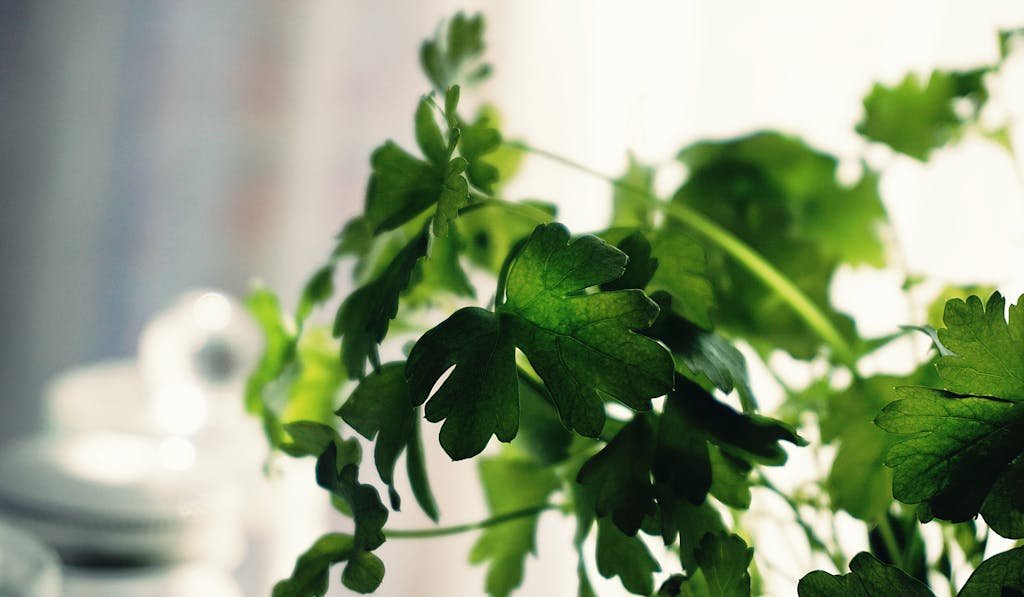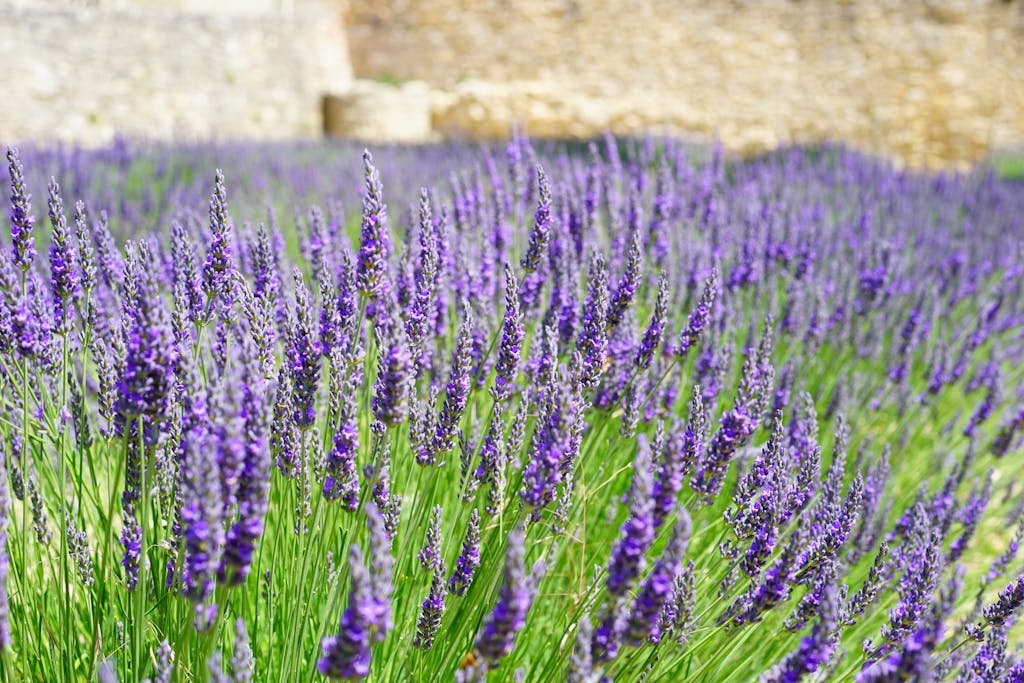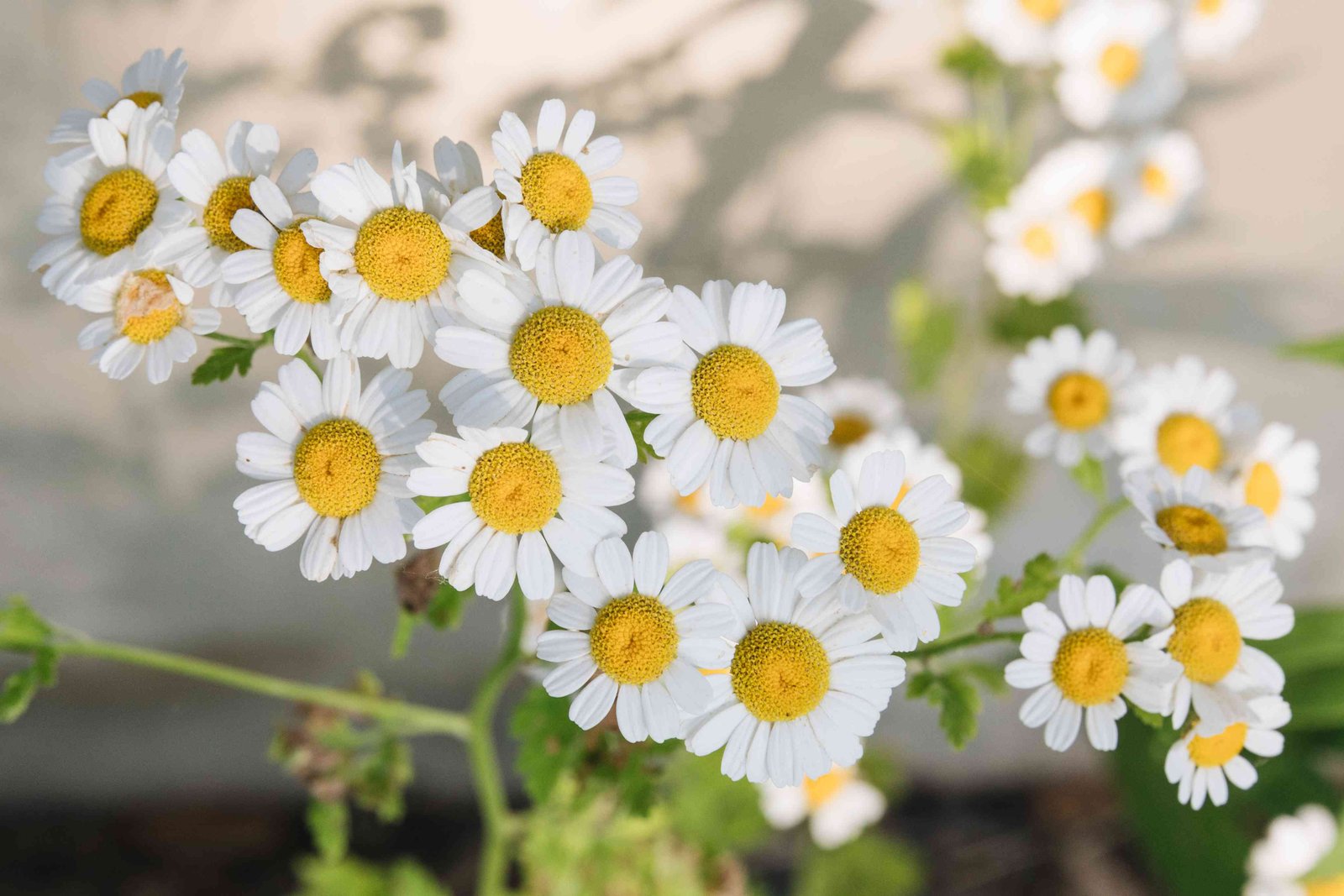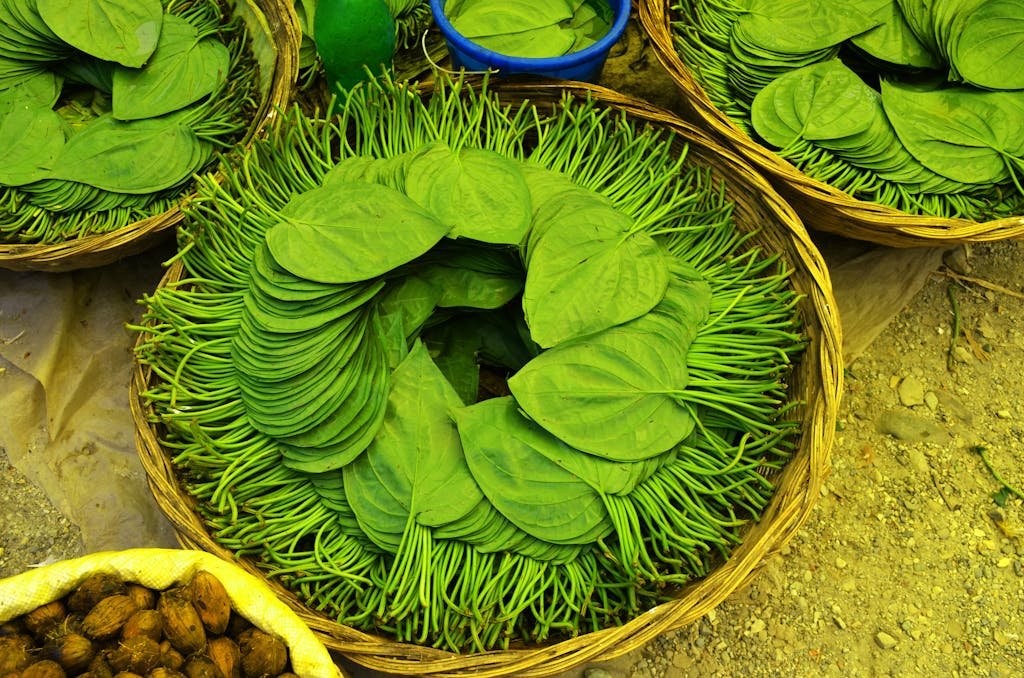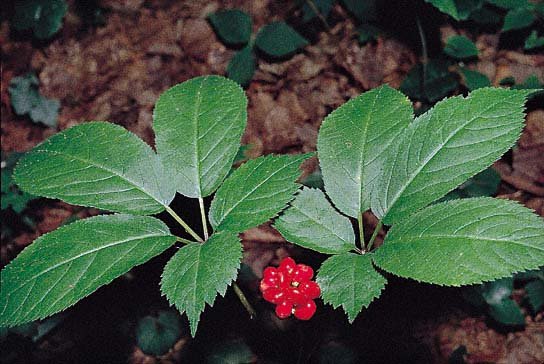Cilantro – (Coriandrum sativum)
Cilantro, scientifically known as Coriandrum sativum, is more than just a herb—it’s a staple in kitchens around the globe. With its unique, refreshing flavor, it’s no wonder that it’s found its way into a myriad of dishes, from Mexican salsas to Indian chutneys.
But cilantro’s appeal goes beyond its taste. Packed with nutritional benefits, it’s a powerhouse of vitamins and minerals. Whether you love it or you’re on the fence, there’s no denying that cilantro is a fascinating plant with a lot to offer. Let’s dive into the world of cilantro and discover what makes this herb a must-have in any kitchen.
Key Takeaways
- Cilantro, or Coriandrum sativum, has a rich history and is a staple in global cuisine, demonstrating versatility from Mexican salsas to Indian chutneys and offering a unique, refreshing flavor.
- Nutritional powerhouse, cilantro is packed with vitamins A, C, and K, and has potential health benefits including antimicrobial properties and supporting digestive health.
- Genetic variations affect cilantro taste perception, leading to a distinctive soapy taste for some, showcasing the complex relationship between genetics and taste.
- Growing cilantro at home can be rewarding, with optimal growth in cooler temperatures and well-draining soil, allowing even novice gardeners to enjoy fresh cilantro.
- Cilantro’s dual identity as both a leafy herb and a seed spice (coriander) highlights its culinary versatility and significant nutritional contributions to diets worldwide.
Origins of Cilantro
The story of cilantro, or Coriandrum sativum, begins thousands of years ago, tracing back to various regions around the world. This herb, known for its fragrant leaves and seeds, holds a significant place in culinary and medicinal history across many cultures.
Historical records suggest that cilantro has been used for over 5,000 years, making it one of the oldest herbs known to mankind. Its origins can be pinpointed to regions in the Mediterranean, Middle East, and Asia. In these areas, cilantro wasn’t just a culinary ingredient; it was also valued for its medicinal properties. Ancient texts from civilizations such as the Egyptians and Romans mention cilantro for its healing capabilities, particularly in treating ailments like indigestion and nausea.
| Region | Evidence |
|---|---|
| Middle East | Seeds found in ancient tombs |
| Mediterranean | References in historical texts |
| Asia | Artifacts related to cultivation |
These findings highlight cilantro’s widespread appeal and its integration into various diets and health practices. The spread of cilantro across continents is a testament to its versatility and importance in food and medicine.
Interestingly, researchers note that cilantro’s journey across the world has also led to a genetic adaptation in some individuals, affecting their perception of the herb’s taste. Studies suggest that a specific gene might influence whether cilantro tastes like citrusy herbaceousness or, for some, like soap. This genetic component underscores the complexity of cilantro’s interaction with human culture and biology.
As cilantro made its way to the Americas with European colonists, it found a new home in the gardens and kitchens of the New World. Today, cilantro is a staple in a vast array of dishes, from Mexican salsas to Thai curries, embodying a rich tapestry of global culinary traditions. This history not only enriches its flavor profile but also cements cilantro’s place as a culinary bridge between the past and present, crossing borders and cultures with ease.
Culinary Uses of Cilantro
Cilantro, known scientifically as Coriandrum sativum, plays an indispensable role in global cuisine. Its fresh leaves and dried seeds, known as coriander, deliver contrasting flavors that have been utilized in cooking traditions across the world. The herb’s vibrant, lemony taste is a cornerstone in the dishes of Latin America, South Asia, and the Middle East.
In Mexican cuisine, cilantro contributes its distinct flavor to salsas, tacos, and guacamole. It’s not merely a garnish; its presence can elevate the complexity of flavors, making it a key ingredient in traditional dishes. Across Asia, cilantro is used more liberally. In India, it’s blended into chutneys, used copiously in curries, and sprinkled over cooked dishes for a burst of freshness. Thai cuisine incorporates cilantro into soups like Tom Yum, as well as salads and noodle dishes, showcasing its versatility.
Studies have shown that cilantro’s unique taste profile can enhance the flavor of various meats and vegetables, making it a staple in marinades and sauces. The herb’s ability to blend with a wide array of ingredients is not just about flavor; it also brings a nutritional boost to dishes. Cilantro is rich in vitamins A, C, and K, and its inclusion in meals can contribute to overall health and well-being.
Research highlights the importance of cilantro not just in culinary arts but also in its potential health benefits. Studies suggest that it may have antimicrobial properties and could aid in digestion.
- In Latin American dishes, cilantro adds depth to salsas and guacamoles.
- Asian cuisines use cilantro to bring fresh flavors to curries, soups, and salads.
- Research indicates cilantro’s antimicrobial properties and potential health benefits.
The adaptability of cilantro in culinary practices around the world is a testament to its enduring appeal. Its ability to marry with a plethora of flavors and ingredients underscores its status as a global culinary staple.
Nutritional Benefits of Cilantro
Cilantro, known scientifically as Coriandrum sativum, is not only a versatile culinary herb but also a powerhouse of nutrition. Packed with vitamins and minerals, cilantro offers multiple health benefits that are supported by both traditional practices and modern research.
One of the key components of cilantro is its high vitamin content, particularly vitamins A and K. Vitamin A is essential for a healthy immune system and eye health, while vitamin K plays a crucial role in blood clotting and bone metabolism. In addition to these vitamins, cilantro is rich in antioxidants, compounds that help protect the body against damage from free radicals.
The antioxidants present in cilantro, such as quercetin, help reduce inflammation in the body. Chronic inflammation is linked to numerous health conditions, including heart disease, arthritis, and various cancers. By incorporating cilantro into the diet, individuals may potentially reduce their risk of developing these conditions.
Furthermore, cilantro has shown promise in research concerning its antimicrobial properties. A study published in the Journal of Agricultural and Food Chemistry found that cilantro extract efficiently hinders the growth of certain bacteria, including Escherichia coli (E. coli), a common cause of foodborne illness.
| Nutrient | Benefit |
|---|---|
| Vitamin A | Boosts immune system and eye health |
| Vitamin K | Aids in blood clotting and bone health |
| Antioxidants | Protects against oxidative stress |
| Quercetin | Reduces inflammation |
In addition to its vitamin and antioxidant content, cilantro is a good source of dietary fiber, which promotes digestive health. It also contains small amounts of potassium, which is vital for heart health, and iron, necessary for forming red blood cells.
The nutritional benefits of cilantro extend beyond just providing essential nutrients; they also lend it potential therapeutic properties. As research continues to uncover, incorporating cilantro into one’s diet could be a delicious and natural way to support overall health and well-being.
Growing Cilantro at Home
Growing cilantro at home is both rewarding and practical for those who cherish the fresh, vibrant flavor of this herb in their dishes. Whether in a spacious garden or a small kitchen windowsill, cilantro thrives under the right conditions. Understanding the basics of cilantro cultivation can transform a novice gardener into a seasoned herb grower.
Cilantro, or Coriandrum sativum, prefers cooler temperatures and can bolt or flower prematurely if exposed to too much heat. For continual harvest, it’s advisable to plant seeds every 2 to 3 weeks, ensuring a steady supply. The ideal temperature for growing cilantro ranges from 50°F to 85°F. Below or above this range, the plant may struggle to grow.
Soil and Watering
Cilantro thrives in well-draining soil with a pH level between 6.2 and 6.8. Amending garden soil with compost not only improves drainage but also adds essential nutrients. When planting cilantro, seeds should be sown 1/4 inch deep and spaced 2 to 4 inches apart. Consistent moisture is crucial, especially during dry spells. However, overwatering can lead to root rot, so maintaining a balance is key.
Sunlight and Harvesting
This herb does best in full to partial sunlight, requiring at least 4 hours of direct sunlight each day. In regions with hotter climates, afternoon shade can protect cilantro from too much heat. Harvesting can begin when the plant stands about 6 inches tall. To harvest, gently cut the outer leaves, which will encourage new growth from the center.
For those looking to save seeds, allow some plants to flower. Once the flowers have dried and the seeds mature, they can be collected and stored for future planting. These seeds, known as coriander, are also a valuable culinary spice.
Incorporating cilantro into home gardens not only adds a fresh ingredient to the kitchen but also introduces a new layer of flavor to homemade dishes. With patience and care, even beginners can enjoy the rewards of growing cilantro right at their fingertips.
Fun Facts about Cilantro
Cilantro, scientifically known as Coriandrum sativum, bears a treasure trove of interesting trivia that extends far beyond its culinary use. This herb isn’t just a staple in kitchens worldwide; it also holds a fascinating place in history and science.
Among the most intriguing aspects is cilantro’s divisive nature due to a genetic trait affecting about 14-21% of the population. This genetic variation makes cilantro taste like soap to some individuals. Researchers believe a group of olfactory-receptor genes play a crucial role in this peculiar phenomenon, turning the herb’s refreshing taste into an unpleasant soapy flavor for a significant minority.
| Percentage of Population | Taste Perception |
|---|---|
| 14-21% | Soapy |
| 79-86% | Refreshing/Herbal |
Cilantro’s history is as rich as its flavor. Archaeological findings suggest that this herb was present at the Hanging Gardens of Babylon, making its mark as far back as 600 B.C. It’s fascinating how, over centuries, cilantro traveled across continents from its native regions in Southern Europe, North Africa, and Southeastern Asia to become a global kitchen staple.
Another fun fact is the herb’s dual identity: while in its leafy form it’s known as cilantro, when harvested for its seeds, it’s referred to as coriander. Both the leaves and seeds are used extensively in various cuisines but offer distinctly different flavors, demonstrating the plant’s versatility.
Cilantro also plays a role in traditional medicine. It has been used for its antimicrobial properties, which have been supported by modern research. Studies show cilantro extracts can effectively combat harmful bacteria like Salmonella. This not only highlights the herb’s health benefits but also its potential beyond culinary applications.
In the culinary world, cilantro connects diverse cultures through dishes like the vibrant Mexican salsas, the aromatic curries of India, and the intricate flavors of Middle Eastern cuisine. Its adaptability to various flavor profiles showcases the herb’s universal appeal and its invaluable contribution to global culinary traditions.
Cilantro’s journey from the ancient Hanging Gardens of Babylon to kitchens around the world is a testament to its enduring appeal and versatility. Whether it’s the fresh leaves enhancing a dish or the seeds known as coriander adding depth to recipes, cilantro has secured its place in global culinary traditions.
Its unique flavor, which varies from one individual to another due to genetic differences, adds an intriguing layer to its profile. Beyond its culinary uses, cilantro’s antimicrobial properties underscore its value in traditional medicine. This herb’s universal appeal lies not just in its flavor but also in its rich history and health benefits, making it a staple in both ancient and modern kitchens.

